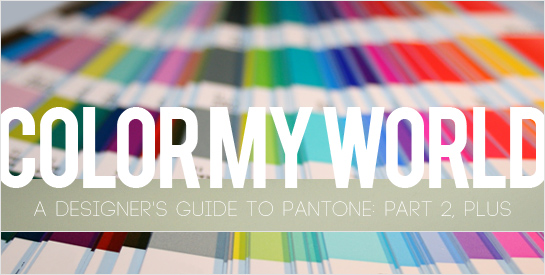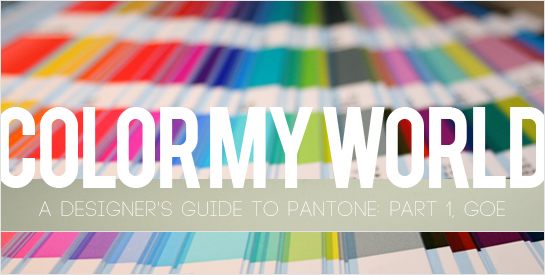Several years ago, pundits said that soon “everyone” would be working from home or remotely. Supposedly, the traditional office was nearing extinction. Well, that hasn’t really happened, but there are plenty of times when remote working arrangements make sense. At Hexanine, we have offices in Chicago and L.A, so we deal with this reality on a daily basis. Having multiple locations is a big benefit for us, with a variety of markets, differing pools of talent, client diversity, etc. Existing in different places means that communicating via phone/chat/email/Skype becomes the standard of interaction. Unless you’re intentional about it, this way of working can be a struggle. Even if this sort of communication suits you well, it still presents hurdles to communication that wouldn’t exist in a typical physical office. We manage the process pretty well, I believe–but this article on Freelance Switch had some great nuggets for us to remember. Also, these are great thoughts for anyone considering this sort of working arrangement.
My favorites:
6. Don’t Pretend to Understand
If you miss something your client said on the phone, or you don’t really understand what they are saying, don’t pretend that you do. If you get lost, say “Sorry, I didn’t get that. What are you saying?” Pretending that you understand when you don’t will usually only lead to greater confusion, and it will be more embarrassing to admit it down the track.
13. Set Out Your Email Replies Like a Conversation
When replying to a long email, or an email that addresses various points, set out your reply like a conversation. Quote each of the writer’s points one by one, with your own response after each point. This makes your reply easier to follow, and your answers to different issues won’t be confused. Don’t quote irrelevant parts of the original email, just the issues you are responding to.
So, what are your experiences in working remotely?


